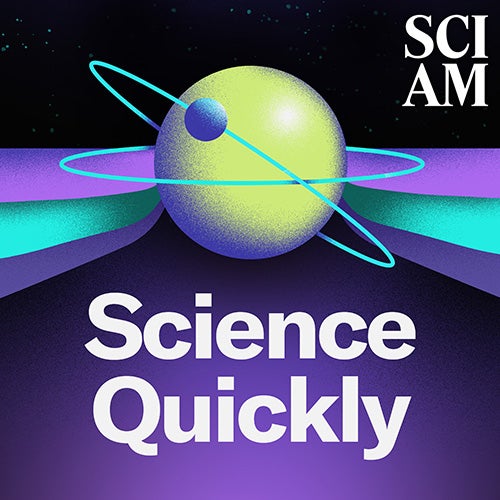[The following is an exact transcript of this podcast.]
You’ve given some thought to oxygen, carbon, uranium. But you’ve probably never mused about the element ytterbium, symbol Yb. A new study by scientists at the National Institute of Standards and Technology, or NIST, says that ytterbium could find a role in super-accurate atomic clocks. The report is in the journal Physical Review Letters.
The gold standard, if you will, for atomic clocks, is the element cesium, symbol Cs. Official civilian time is kept by the cesium NIST-F1 fountain clock, accurate to within one second every 100 million years. And the international definition of the second is based on exactly how many vibrations happen when a cesium atom’s electron changes energy levels. How many? 9,192,631,770. Exactly.
On supporting science journalism
If you're enjoying this article, consider supporting our award-winning journalism by subscribing. By purchasing a subscription you are helping to ensure the future of impactful stories about the discoveries and ideas shaping our world today.
Anyway, your watch is fine for getting to work about on time, but if you want your GPS to work fine, you need these atomic clocks on Earth and on satellites. And an ytterbium clock has the potential to be even more accurate and stable than the cesium chronometer. Wow, I gotta go, look at the time.
—Steve Mirsky
